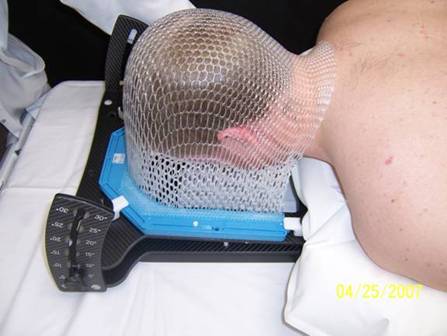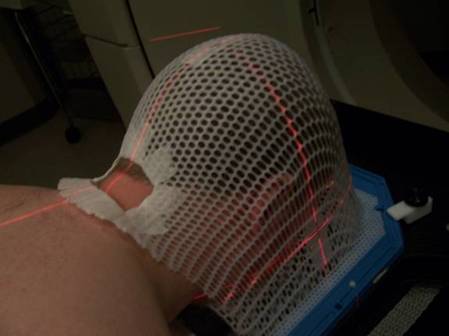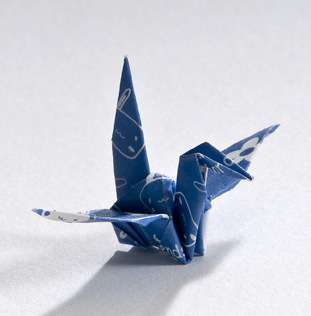The standard planning technique with the patient lying in the prone position often uses 4MV or 6MV photons and requires an opposed pair of lateral fields to treat whole brain and upper cervical spine coupled to one or two posterior fields to treat the entire spinal cord. This technique is complex due to one or more matched junctions.
- Immobilization of patient is essential for accurate and consistent setup.
- CSI treatment in children often requires anesthesia.
- Vancouver Cancer Center uses the “AccuFix” tilting head holder and “Aquaplast RT” thermoplastic for head immobilization and a vacuum formed patient support (in house) to immobilize the trunk.
Specific Considerations in CSI Planning :-
- Patient position and immobilization
- Geometrical arrangement of fields and beam divergence
- Junction planning
- Compensation for spinal cord depths
- Treatment set-up procedure
- Portal and parameter verification
Patient position and Immobilization:
Prone in a vacuum-formed bag (Vac-Lok™) with head supported by face rest
Aquaplast™ shell to immobilize head
Spinal curvature at lumbar level can be reduced with a thin wedge under pelvis
Neck curvature can be reduced by arranging forehead lower than rest of body



